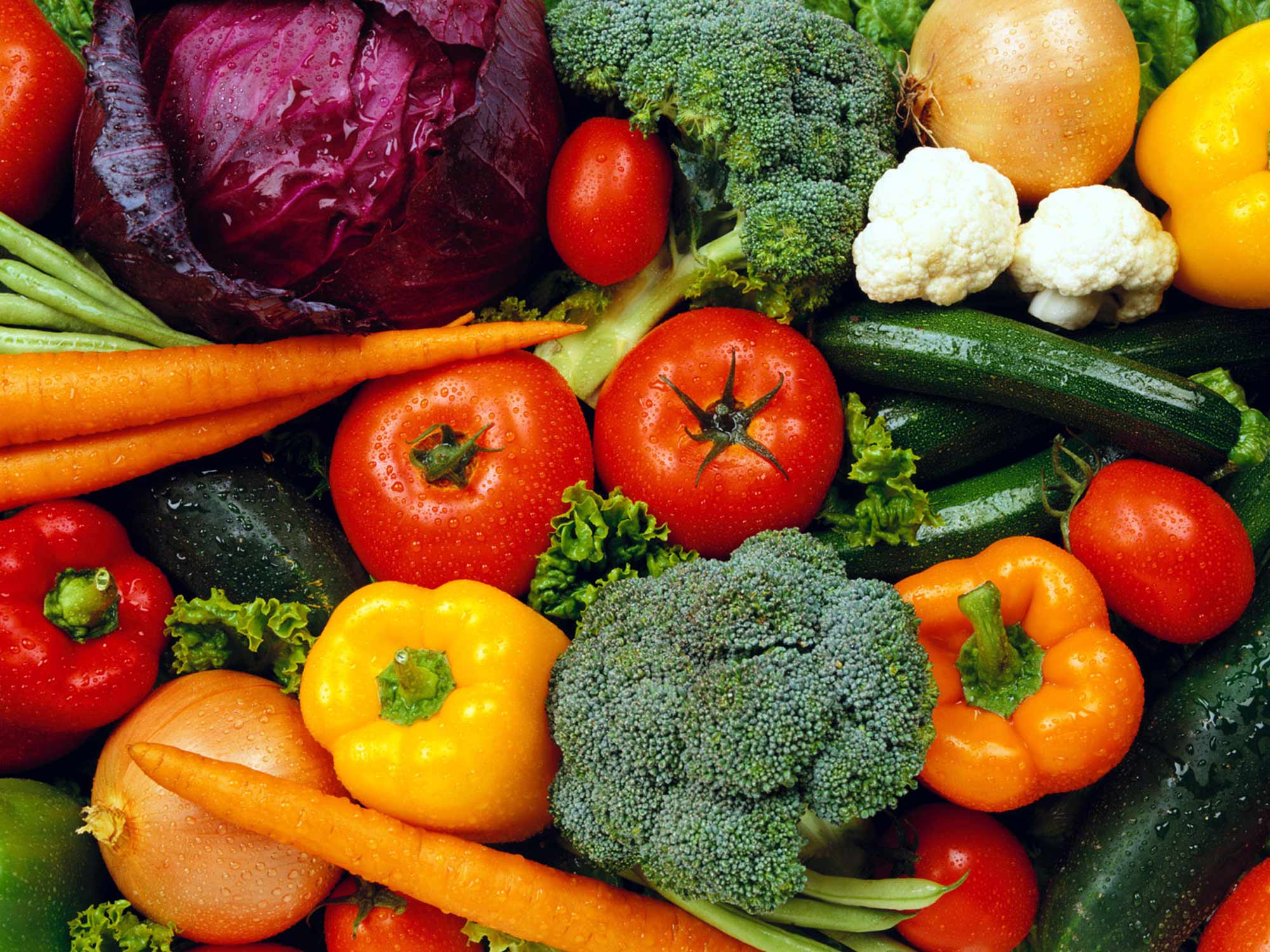Family: Solanaceae.
Origin: South America.
Growing conditions:
- Tomatoes are a warm season, frost tender annual. Seeds require a warm soil of between 18 – 28°C to germinate. Sowing at too low a temperature will cause delayed or failed germination.
- Growing tomatoes successfully requires good soil nutrition. Grow in a fertile, well-drained vegetable bed with a soil pH 5.8 – 7. Prepare the soil by adding gypsum, an organic slow released fertiliser and organic matter prior to planting.
- Adequate, regular water is essential for optimum growth and development of the fruit. Irregular, light watering practices will encourage thick skinned, small, sharp flavoured fruit.
- By deep watering of the soil (not foliage) and layer of sugar cane mulch you will prevent bacterial and fungal disease as well.
- Tomatoes can be grown on many different support trellises. This can include 3 stakes in a tee pee shape, lattice, or a chicken wire fence or over any structure that allows good airflow.
- If staking the tomatoes be sure to place the stakes into the soil prior to planting. This will then minamalise root damage and disturbance later.
How to grow:
- Seeds can be direct sown into vegetable beds to minimise transplant shock.
- Tomato seedlings germinate best at a temperature of 15 degrees Celsius and above.
- Keep moist and at the first sign of emergence liquid feed with a half strength dose of liquid seaweed and half strength worm juice to aid in root development.
- If raising the seedlings in containers prior to planting sow seeds at a depth of approximately 6 mm deep into seed raising mix. Germination takes approximately 7 – 14 days. Seedlings are ready to transplant into the vegetable garden when the 2nd set of ‘true’ leaves appear. During the seedling development make sure they are not overcrowded and that they receive strong light. Seedlings will become etiolated (leggy) with weakened stems if insufficient light is given or if they are overcrowded.
- Tomatoes seedlings can be buried up to their first set of leaves (remove this set of leaves prior to planting to prevent rot). This will encourage greater growth and fruit production.
- Plant approximately 1 metre apart with 50cm between each plant to allow for good airflow, and lessen the chance of bacterial leaf spot occurring.
- Pinch out lateral growth as the plant develops to encourage greater fruiting and less leaf production. Lateral shoots are small shoots that grow between the main stem and a side stem.
When to harvest:
- You can either pick tomatoes when they are just starting to turn red and allow them to ripen on a well lit airing tray away from sunlight, or, you can allow them to ripen on the plant. If you choose to let them ripen on the plant you may need to enclose them in grow bags to prevent birds and other tomato loving animals from harvesting the crop for themselves.
How to harvest:
- To pick tomatoes make sure you cut the stem cleanly with scissors or a knife.This reduces the chance of damaging the fruit and allowing disease to enter the plant.
Common problems:
- Common pests include: white fly, caterpillars, nematodes, aphids, mites, fruit fly,
- Common disease include: bacterial wilt, mosaic virus, fusarium wilt, grey leaf spot and damping-off just to name a few.
- Blossom end rot is also common in tomato growing if you have not supplied the plants with sufficient calcium (gypsum) and regular, adequate water. This can be overcome by incorporating calcium into the planting beds prior to growing the tomatoes. It’s never too late to do this. Simply water the soil, sprinkle the calcium (gypsum) around the base of the plant and water in again with water, liquid seaweed or worm juice.
- Tomatoes grown in the same spot each year can be badly affected by root nematodes. So it’s vital to rotate your tomatoes each season. They’re grown in the same bed as eggplant, capsicum (bell pepper) and chilli’s (hot peppers).


